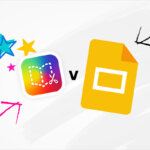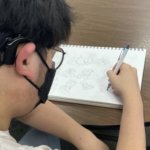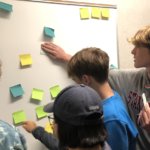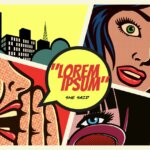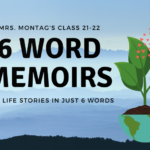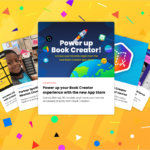In the ever-evolving landscape of education, teachers are constantly seeking innovative ways to engage students and enhance their learning experiences. Enter the world of artificial intelligence (AI).
A tool not often associated with elementary education, yet one that holds immense potential - Artificial Intelligence. In a unique lesson crafted by second-grade teacher Tracy Terwilliger and Digital Learning Coach Holly Clark, students found themselves collaborating with AI to ignite their storytelling journey.
The AI-student collaboration
While it might sound futuristic, the concept is straightforward and effective. The teachers utilized ChatGPT, along with students chosen story elements, to generate the initial draft of a story. This draft served as a foundational canvas, providing students with the basic structure and elements of a narrative and their task to make it their own, adding details, images and dialogue.
The beauty of this approach lies in its simplicity. Instead of starting from scratch, which can be daunting for young minds, students received a kickstart. With the AI-generated story in hand, their primary task was to embellish it, to add their unique flavors and colors
Please note: No second grader used the AI - the teachers used it to help foster the first draft for students. The students collaborated with AI to create an initial spark of a story.
To accomplish this innovative way of approaching storytelling, students first worked in groups to choose story elements, shared those out with the whole class and then watched as the teachers put those story elements into ChatGPT using this prompt:
"You are a children’s book author, write a very short story for an audience of 2nd graders using these story elements: Setting: Time: Main Character: Supporting Character: Problem: Theme:"
Watch the Tik Tok or Instagram Reel of this actual lesson!
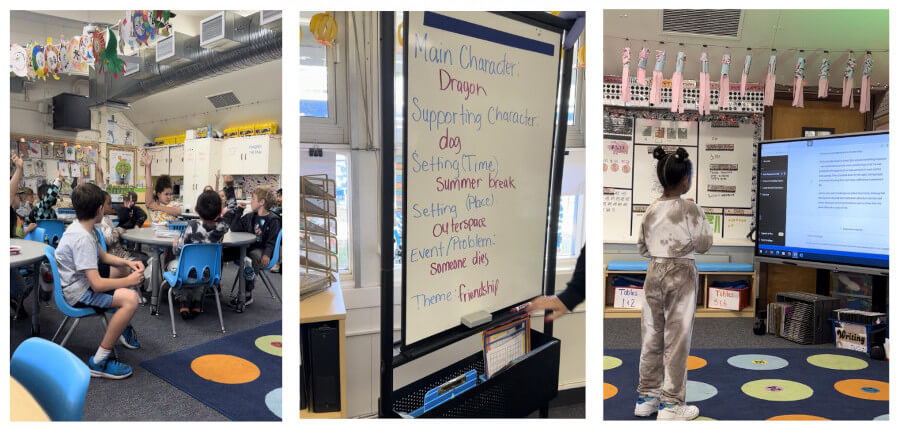
The objective of the lesson:
Foster creativity and imagination: By using ChatGPT to initiate a short story, students are encouraged to expand upon it, allowing them to tap into their creativity and imagination. This approach challenges them to think beyond the given narrative and add their unique touch.
Enhance writing skills: The lesson aims to improve students' writing abilities by encouraging them to incorporate detailed elements and dialogue. This not only helps in character and plot development but also in understanding the nuances of storytelling. A story without vivid descriptions is like a painting without colors. By elaborating on the AI-generated content, students can breathe life into characters, settings, and situations. Introducing dialogues, on the other hand, adds depth, revealing character personalities and driving the narrative forward.
Integrate visual storytelling: By adding visuals to their stories, students learn the importance of visual elements in storytelling. It emphasizes the idea that stories aren't just about words; images play a crucial role in conveying emotions, setting the scene, and enhancing the overall narrative.
Use digital tools to enhance the experience with Book Creator and Canva
Using platforms like Book Creator ensures they are in touch with modern storytelling tools. Moving from text to visuals, platforms like Book Creator offer students a chance to craft their narratives page by page. But why stop at text? With tools like the Canva integration in Book Creator, students can search for, create, or even illustrate images, adding layers to their storytelling. The emphasis here is on the power of visuals to elevate a narrative. And for those who wish to add an auditory dimension, narrating their tales brings another layer of engagement.
In this case, students placed their final draft paragraphs on one side of a two- page layout and designed images on the accompanying page to further elaborate on that story. It was pure magic!
Problem-solving in narratives
Every gripping story has a central problem or conflict. By delving deeper and critically thinking about the story the AI generated and how to improve it - the second graders began to see how story elements play an important role in making a story exciting and compelling.
In essence, the lesson's objective was to blend traditional storytelling techniques with modern digital tools, fostering creativity, enhancing writing skills, and promoting collaborative learning among students - and helping those students who might not be able to accomplish this task with a blank slate.The blend of AI and Book Creator is not just something that can revolutionize classroom storytelling but also redefining the boundaries of creativity.
Watch the recording with Holly and learn how Book Creator and AI can help teach students about short stories:
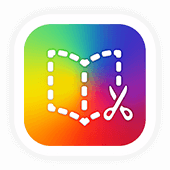
Get Book Creator for your school!
- Upgraded accounts for all your teachers
- Implementation plan to help with rollout
- PD support
- Analytics & admin dashboard
Holly is an education leader, international speaker, best selling author and is passionate about helping teachers find their blended learning genius. A twenty-five plus year educator, she is one of the first teachers in the nation to have taught in a 1:1 classroom. She now shares that journey in her three books and through The Infused Classroom community channels including TikTok 1-minute PD.


